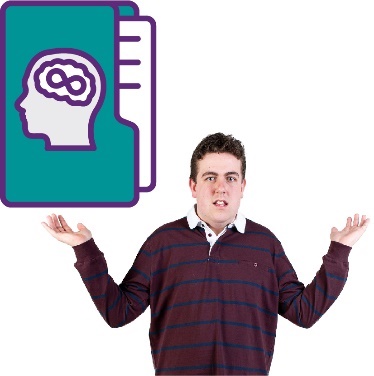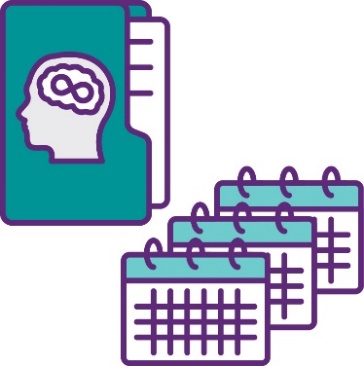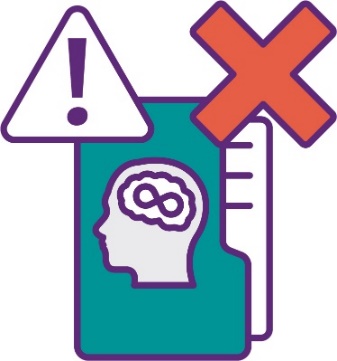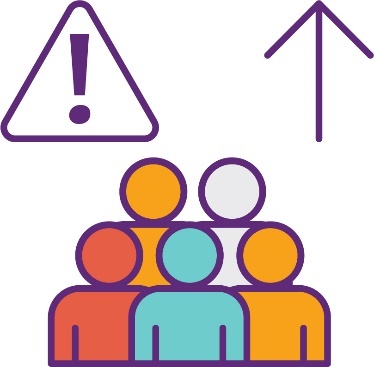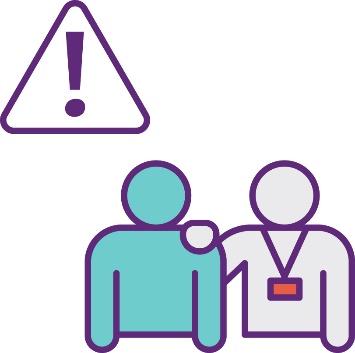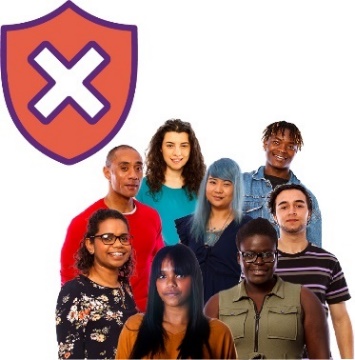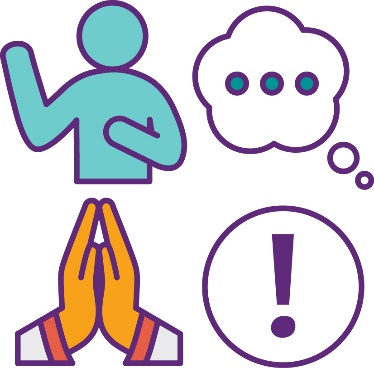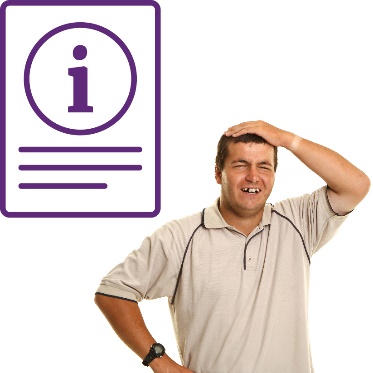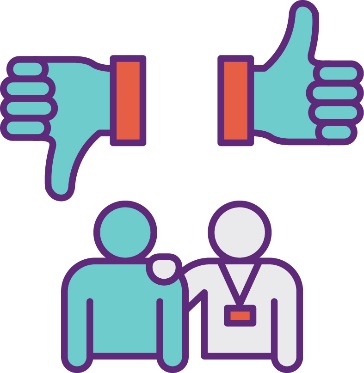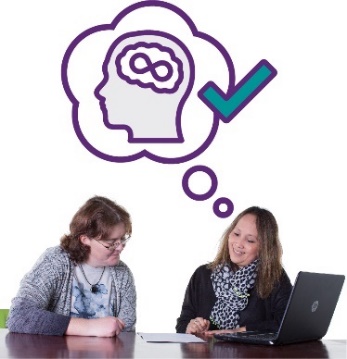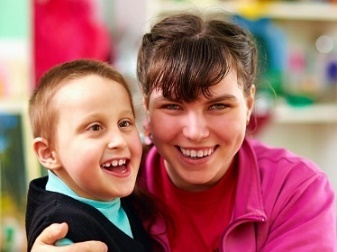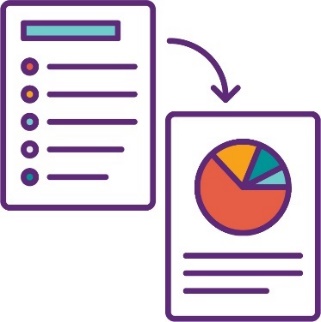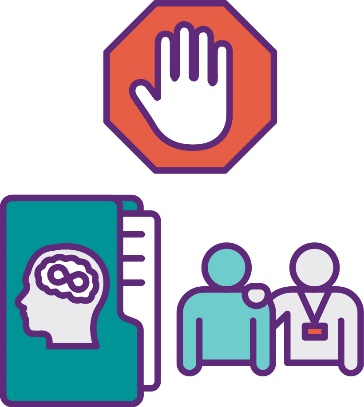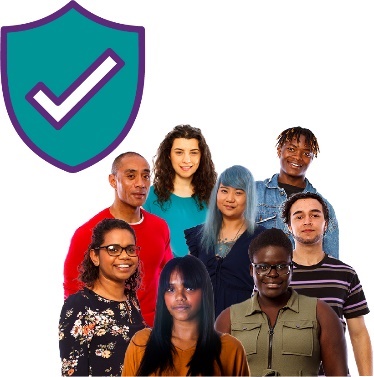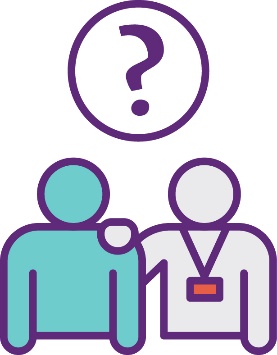3. Improving the steps around an Autism diagnosis
|
|
It can be hard to get an Autism diagnosis. |
|
|
An Autism diagnosis is when a doctor:
|
|
|
Sometimes Autistic people have to wait a long time to get a diagnosis. So they might not get the support they need when they are young. |
|
|
Getting a diagnosis can also cost a lot of money. |
|
|
It’s common for Autistic people to:
|
|
|
Some Autistic people experience this more often. |
For example: |
|
|
|
|
|
|
|
|
|
It is also challenging for Autistic people to get the support they need after they get a diagnosis. This includes support that their families and carers need. |
Sometimes the services that support Autistic people don’t: |
|
|
|
|
|
|
|
|
|
Your culture is:
|
|
|
It can be hard to get information about support services. This means it can be hard for Autistic people to make the right choice about the support they need. |
|
|
Early intervention doesn’t always support Autistic children in places like their home and school. |
|
|
Early intervention is when people get services and support:
|
We need more research about: |
|
|
|
|
|
|
|
Areas our Strategy could focus on
Our Strategy could focus on making it easier for Autistic people to get: |
|
|
|
|
|
|
|
Our Strategy could also focus on: |
|
|
|
|
|
|
|
|
|
|
Our Strategy could also focus on: |
|
|
|
|
|
|
|
Questions
|
|
What has stopped you from:
|
|
|
What has helped you to get:
|
|
|
How can we provide support in a way that is safe for every culture? |
|
|
Are there other ways that we can support Autistic people in these areas? |
